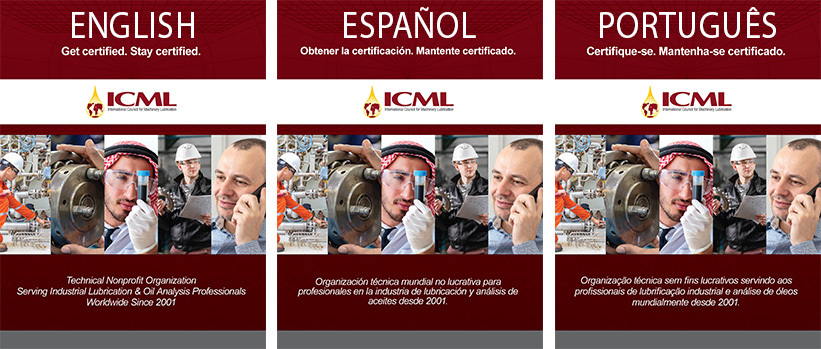Alejandro Meza, Noria Corporation, March 20, 2020 | In my trainings, I like sharing a story I experienced related to a lubrication excellence program implementation in a building material company’s factory.
The top management of this plant decided to implement a lubrication excellence program as part of the new reliability program for the production plant. He was convinced that an effective reliability program would represent a competitive advantage for the company. It would contribute to reducing operational costs and improve net profits of the organization.
He offered full support to the project, including enough budget to make the necessary investments. He envisioned the project as an investment that would bring a high return in the mid-term. A lubrication benchmark assessment was conducted at the beginning of the implementation project to identify the opportunities for improvements existing in the facility. The results revealed that poor practices were dominant across the plant, from the lubricant selection process, lubricant storage and handling, as well as in the application and administration in the machines.
A three-year goal was established to have best practices implemented in the location. The plan was established with milestones. Proper lubricant application and contamination were the most relevant challenges to overcome.
During the following three years they worked on constructing a new lube room, acquired the necessary filter carts, installed state-of-the-art temporary storage containers, defined lubricant identification codes and consolidation of redundant lubricants, labeling of machines, tools and containers with the lubricant in service, and finally, machine modifications for reliability. Formal training of the team was important to support the project.
Once the three-year project was practically completed, the top management wanted to know the current status of the lubrication program. A new benchmark assessment was conducted. Results were impressively better. While there were several aspects still to consolidate, the overall picture was much better.
During the re-assessment closing meeting, the lubrication technician from one section of the plant took some initiative and shared his experience. He said,
“I’ve been working for this company for several years. My job title is the same as it was before this project was implemented. My job title is ‘Lubrication Technician.’ I still take care of the lubricant reception, storage, handling and application to the machines. However, my routines and tasks have changed significantly during the last three years.
“Before this project, I used to take a deep breath every day before getting to the plant, just to prepare myself to the challenges and problems that I knew I’d face that day. We had significant corrective maintenance, there were constant reasons to run after repairs or immediate solutions. I was there to help the mechanics get machines back into production mode as soon as possible. Working extra hours was common, including weekends.
“Now, my job consists more of maintaining clean lubricants and a clean lube room. I follow my routine PMs and PDMs, I take the oil samples and review the oil analysis reports. Finally, I keep the machine modifications in good shape. Extra hours aren’t common anymore, the stress is low, and I can say I am happier with my job.”
When the audience that was in that meeting room heard that testimonial, there was no doubt that the project was showing the intended results. It was still not at the level they wanted to reach, there were still some practices to improve on, and overall, the need of maintaining the new conditions as the new “normal way of working”. Fortunately, the whole team, from top management to the floor personnel, were aligned in the same purpose with a long-term vision of reliability.
The takeaway from this experience is that lubrication excellence is achievable and successful when there is team alignment and common vision, as well as when top management fully supports the initiative.
Image by Nicolás Borie Williams from Pixabay








